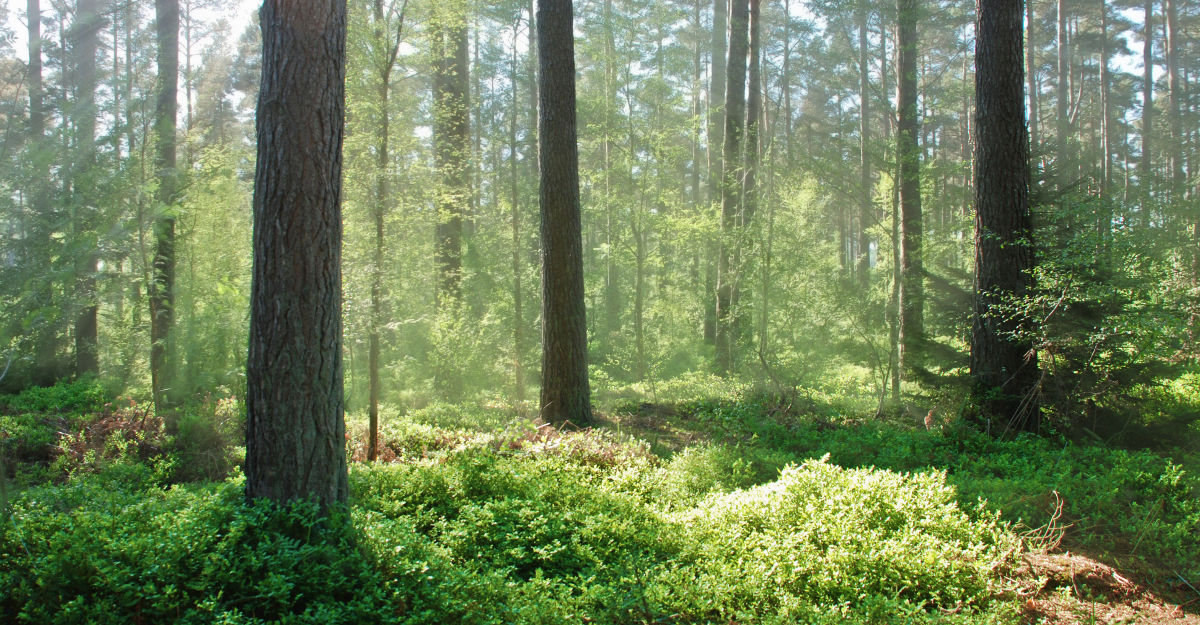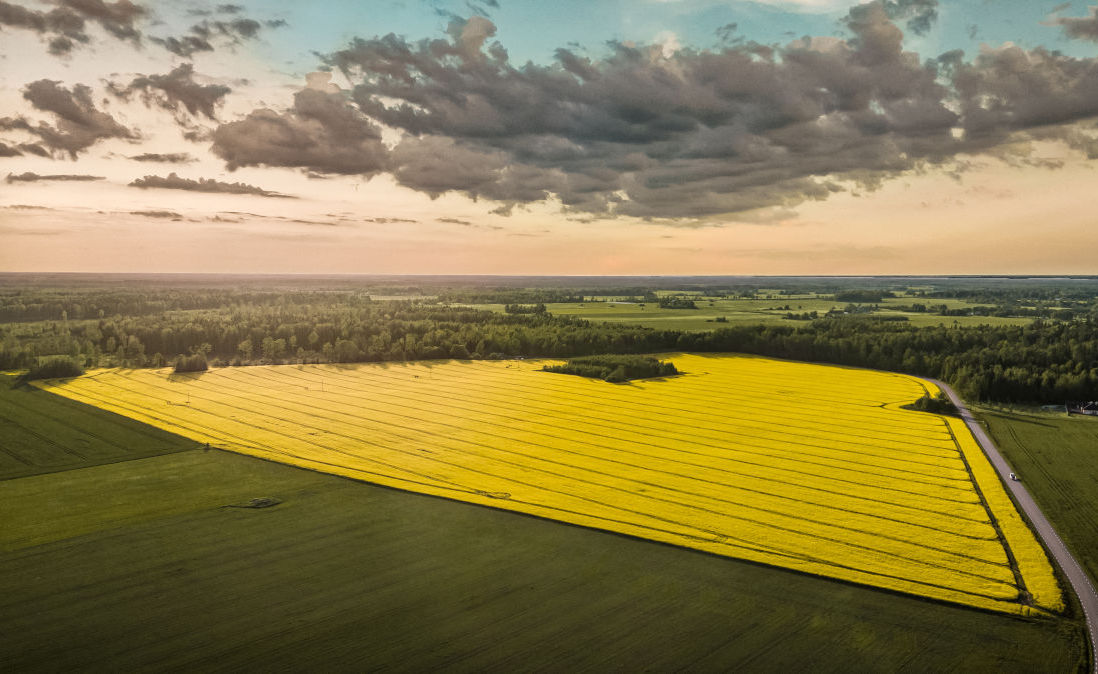What forms the price of forest and land?

The price of forest land is formed by the following factors:
- the reserve of growing forest per hectare
- the size of the plot of land
- the species composition of the forest
- the age structure of the forest
- the habitat type
- the quality rating
- access to the plot of land
- restrictions arising from nature preservation and other matters

The price of agricultural land is formed by the following factors:
- the location
- the size of the plot of land
- the shape of the plot of land
- the fertility of the soil
- access points
- registration in the ARIB register
- various restrictions
Which factors influence the prices of forest land and agricultural land?
The prices of forest and land transactions are not fixed but are formed based on various different factors. Even though forest land and agricultural land appear to be similar types of property at first glance, there are some significant differences in the price formation which should be kept in mind in buying as well as selling a plot of land. Below, we have highlighted some of the most important factors which have an impact on the value and price of the plot of land in the case of forest land as well as agricultural land.
The factors influencing the price of forest land
Price formation of forest land is closely connected to Estonia’s pride and joy – wood. There are, however, also some other factors which cannot be disregarded in this process.
The species composition and age structure of the forest
The most important factors in the formation of the price of forest land are its species composition and age structure. Forest land with a mature forest, i.e. land which can immediately earn a profit by regeneration cutting, is valued highest. As it takes decades and generations for a forest to become mature, this price formation is understandable.
If a plot of forest land is bought to start making a profit immediately, it would be reasonable to consider more expensive plots with mature forests, while plantations and forest lands with middle-aged forests are better suited for long-term investments.
The type of habitat
The quality of the wood and the pace of growing of the forest directly depend on the type of habitat of the forest, i.e. on whether the ground is suitable for the growing species. The suitability of the type of habitat is especially important in creating a new plantation, as a good match between the type of habitat and the species will provide a healthier and more viable forest which is likely to earn more in the future.
The right type of habitat will ensure a healthy and viable forest

The factors influencing the price of agricultural land
In the case of agricultural land, there are also certain factors which play a significant role in price formation. Before taking a look at the common factors which the prices of forest and agricultural land depend on, it is important to highlight the following factors influencing the price of agricultural land.
Is the agricultural land registered in the ARIB register?
Here is what connects the price of agricultural land and registration in the agricultural parcels register of the ARIB: the higher the percentage of the agricultural parcel that is registered, the higher the hectare price of the agricultural parcel.
The reason is simple – it is possible to apply for grants for the land registered in the agricultural parcels register of the ARIB that streamline the management of the land.
It is possible to apply for grants for the land registered in the ARIB register

Which factors have an impact on the price and value of forest land as well as agricultural land?
In spite of the significant fundamental differences between forest land and agricultural land, there are some common factors which are equally important in the price formation of both. The following can be highlighted as the main factors influencing the value of plots:
The location and accessibility of the plot
Relatively easy access is important in the case of forest land as well as agricultural land. Forest management as well as agriculture require heavy machinery and felled timber and agricultural produce must be transported away from the plot. This means that the plots of land with easy access roads are deemed considerably more valuable.
Another dimension is added in the case of forest land – the nearer the forest is to large settlements and purchasers, the higher the price of the forest land, as it makes the sale of the wood easier for the forest cutter.
The size of the plot of land
Larger plots are valued higher in the case of forest land as well as agricultural land. The reason is simple – a larger plot is easier and more cost-efficient to manage. From the perspective of forest management, a larger plot of land means less transportation of forest machinery and less logistics.
The same applies to agricultural land. Large land parcels where works can be performed at the same time are significantly more convenient to manage, especially in the case of large agricultural enterprises whose land portfolios may include plots all over Estonia.
The fertility of the soil
The fertility or quality rating of the soil is also an important factor in the price formation of the forest as well as agricultural land. In this respect, the higher fertility of the soil ensures a higher price. While in the case of forest land, fertile soil generally means faster growth and higher quality of the forest, then the value of the soil is one of the most important factors in the case of agricultural land.
The value of the soil depends on the composition, characteristics, regimes, and humidity of the soil, as well as numerous other factors. This means that the owner can act knowledgeably to increase the value of the soil on their plot. A forest owner can mostly improve their land after regeneration cutting (for example by digging ditches if the soil is waterlogged); while the fertility of agricultural land can be adjusted by fertilising or letting the land lie fallow.
Nature preservation-based and management restrictions
Even though nature preservation-based restrictions mostly impact forest land, management restrictions also apply to some natural grasslands and coastal meadows in protected areas. The severity of the restrictions and the management restrictions differ depending on whether the area is a nature reserve, nature park, special management zone, Natura 2000 area, or the nesting area of a rare species.
The rule of the thumb says that the more severe the restrictions, the lower the price. In most cases, however, the owners of the land which is located in a protected area can apply for grants in various extents.
Interested in buying or selling forest land or agricultural land?
Our many years of experience with forest land and agricultural land transactions and management has given us the know-how which we can use in the interests of our customers.
Do you need advice in selling forest land or agricultural land? We will help you find the best transaction.
Interested in buying forest land or agricultural land? We have a selection of plots of various different sizes for sale – simply choose the one which suits you best!
EstEst PR OÜ
Andres Pallas
Manager
Rästa 18-2 (1st floor)
13417, Tallinn, Estonia
OÜ ESTEST PR
Reg.nr.10256249
EE100251623